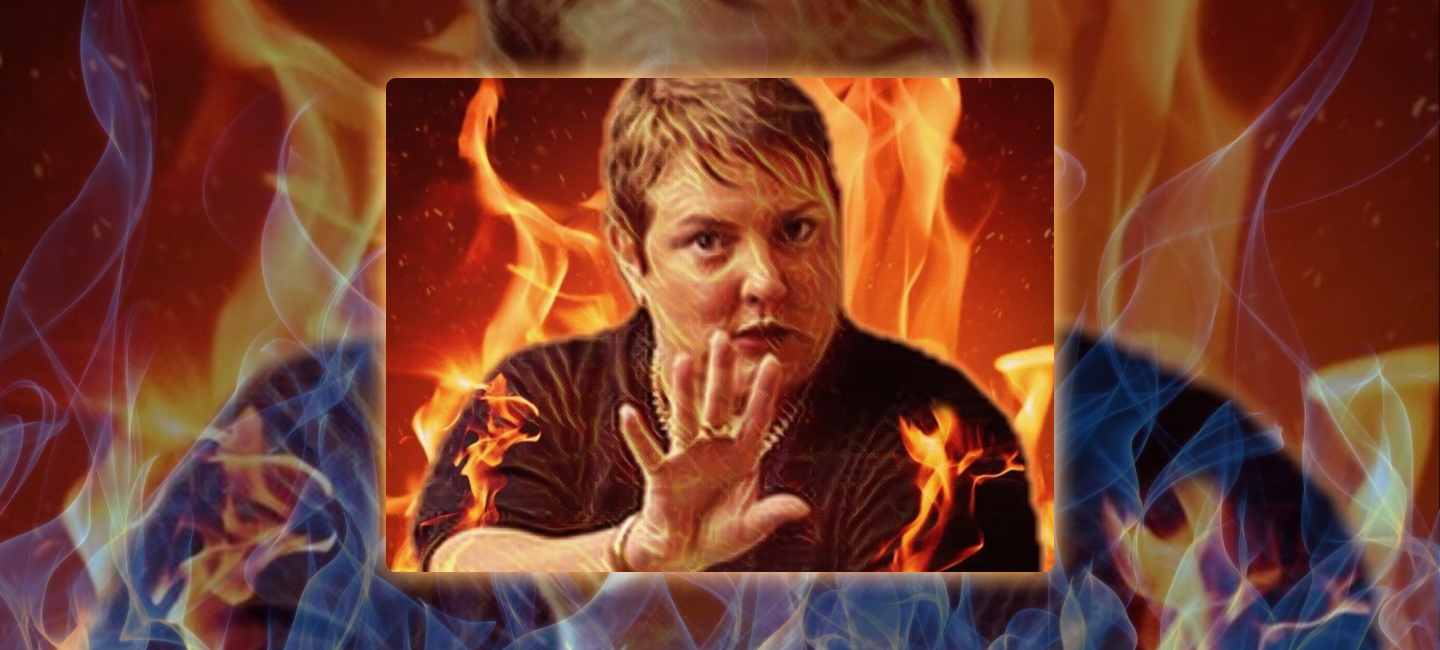
This week’s news headline “Simple maths equation dividing the internet” as I read further I notice the language being used including “no one can agree”, “the controversial question” “gone viral”, “fierce debate, controversy and division” So I’m thinking wow, this is serious maybe we have found a way to remove plastic from the ocean. Alas, as I read on I discover it’s just a first grad maths problem. OMG! how important is it to be getting so much attention! The whole article is about who is right and who is wrong. I found myself asking what’s the point!
In her book emotional agility Susan David Phd, introduces us the concept of “getting hooked.” We start with self-talk or ‘stinking thinking.’ Our mind then creates a visual an image that produces an emotional urge, then tada! You’re hooked.

My 5 year old also provides me daily lessons in conflict management. Just yesterday we were taking the ‘short cut’ home through the park. He says, “Mum, we need to go the other way on the footpath, this way takes longer.” To which I respond, “no Max we are going this way its shorter, that’s why it’s called a short cut!” He replies, no mum your wrong! I’m not taking another step until we go my way! (insert visual grumpy face, hands on hips).
My internal chatter box is saying, who’s the boss here! Please, just do as I ask, my technicolour thought is ball and chain, dragging along the ground, the emotional urge frustration!
I have been delivering development on conflict management for some a while now and every time I come away thinking what a complex subject it is. When I think about the personal and professional conflicts I have had over my career, they include a plethora of trigger points and causes, reactions and responses. Over the next series of posts, I am going to shed some light not just on the “what”, but tackling the “how” of conflict covering, what I consider the four key areas of conflict in the workplace.

One of the questions I ask myself when considering conflict is “How important is it?”
Let’s talk about trigger points
Situations that evoke an emotional response in you are knows as triggers. They can fall into categories based on the four main emotional responses.
- Fear: When you worry that something you don’t want to happen and that hasn’t happened yet, might happen in the future.
- Anger: When you are not getting what you want, not fair, not just
- Sadness: When you have lost something or someone
- Happiness: When you are getting what you want
 Triggers are usually set off through our senses by stored memories, experiences, values and beliefs, our physiology and psychology – just to name a few. They are unique and personal to each individual, and our ability to self-regulate is key to how we are able to manage and survive conflict.
Triggers are usually set off through our senses by stored memories, experiences, values and beliefs, our physiology and psychology – just to name a few. They are unique and personal to each individual, and our ability to self-regulate is key to how we are able to manage and survive conflict.
Neuroscience today has come along in leaps and bounds in the research related to the brain and how it manages our Limbic (survival brain), Amygdala (Emotional Brain) and prefrontal cortex also known as the “executive brain” which is where our rational behaviour is formed.
Let’s take a quick look at how fast this happens: (NB: Triggers can evoke negative or positive emotions)
Sight: (Place, event, moment, behaviour, bold type/red pen, view, picture, objects)
An example: A common misconception in the workplace occurs because of sight perception. The way someone looks or looks at you; or even reads an email. Someone you know well has sent you an email and they haven’t used the usual emoji’s and joyful greeting in the email. You read the email and it’s very direct without any pleasantries. The inconsistency in the perceived message you are receiving triggers a response like; gosh what’s up with them? or what have I done to upset that person? Meanwhile – there was no intent from the sender – they were in a hurry when they wrote it!
Sound: (music, cry, tone or raised voice, bumps and bangs, specific words)
I remember once going through a painful break up and sitting in the car with the radio on. It seemed every song we ever danced to, every romantic song about breaking up and making up, came on. I was a blubbering mess in the car until I turned off the radio. To this day if I hear Careless Whisper by George Michael, I am transported back to that moment. Fortunately, I was only 17 at the time so it no longer has the emotional “stickiness”.
Touch: (The feel of someone or something, standing too close, physical approach)
I was fortunate to study Neuro Linguistic Programing and learned about personal anchors. That is, if someone is in a particular emotional state and you touch them in a specific point, that touch creates a trigger which evokes the original emotion they experienced. Imagine that you are sitting in the aisle seat at a funeral. As people come by, they gently tap you on the shoulder to show their condolence. This action done over and over, creates an emotional trigger for sadness on your body. A month later, someone taps you in the same spot on your shoulder and you feel that sad emotion rise and wonder where it came from – it is a stored body trigger.
Smell: (food, alcohol, aftershave / perfume, odors resembling person, place or thing)
Ever been on a crowded train or bus with no aircon on the way home after a scorching hot day and someone hasn’t applied deodorant? What have you done? Moved away? People can have emotional triggers based on body odor and poor hygiene – they may in fact keep someone at a distance or have a conscious bias based on the smell. Remember smell is the most closely linked to our memory and easily conjure up memories of our past.
Taste: (Foods, alcohol, tobacco, anything with taste that triggers a sensory memory)
15 years ago my partner and I busted 91 year old nana out of the nursing home and took her to lunch. My partner had salmon and 2 hours later was violently ill. To this day, my partner can’t eat salmon (Nana got quite tipsy and was quite a handful to sneak back to the nursing home!) The memory of food poisoning at a restaurant, a food you have never eaten since and a restaurant you have never returned to.
Whilst we are discussing triggers in relation to conflict behaviour and emotions, it would be remiss of me not to acknowledge the wonderful memories that trigger resourceful emotions that create resourceful behaviours.
1. The sight of your teams faces when you recognise their contribution.
2. The sound of your child giggling
3. The taste of bacon & eggs on a Sunday morning whilst reading the newspaper leisurely
4. The touch of someone as they provide you with amazing feedback, shaking your hand
5. The smell of freshly brewed coffee, delivered in the morning from your amazing partner
Before we can master conflict, we must learn to Master ourselves. In his book “Man’s search for meaning”Austrian psychologist Viktor Frankl a Holocaust survivor talks about the “space between reaction and response”.
 When dealing with conflict we must first STOP even for a moment. We need this moment to realise and accept that we are actually having an emotion. Without that ability to STOP we are most certainly going to “react”to most conflict situations.
When dealing with conflict we must first STOP even for a moment. We need this moment to realise and accept that we are actually having an emotion. Without that ability to STOP we are most certainly going to “react”to most conflict situations.
Practice this daily, think it, see it, feel it and get hooked on creating the space between stimulus and response.

Right and Wrong: What happened at the Park.
So, aware I was about to be hooked, I (Stop) take a breath, (Identify) that I am getting frustrated (Name it) and consider my options. My reactive response will just escalate the situation, and turn me into a raving loony! (ask how important is this?) So, I turn to Max and say, how about this. (take Action) Come this way now and we will get someone else to do the walk with us. I will take the park short cut and you can take the pavement. Then we can discover which way is faster. If we find out the pavement is faster, then we can go that way tomorrow. His response “ok Mum” as he catches up to me smiling!
The workplace name for this type of conflict resolution is independent. Work at the same time in parallel when agreement cannot be reached. There must be an agreement that the best outcome for the business be implemented. (Compromise)
Please join me in the Part 2 of the Complexity of Conflict in the workplace when we consider conflict in Meetings. Stay Tuned!
Thanks for reading my article.
Remember the greatest good you can do for another is not just to share your riches but reveal to them their own. “Benjamin Disraeli”
Corporate Magic Pty Ltd
Mobile +61 405523507 | Email: Kelley@corporatemagic.com.au |Web: www.corporatemagic.com.au Transformational Coach & Facilitator, Gallup Strengths Coaching| Extended DISC behavioural Profiling Leadership Mastery| Sales & Service.
Top Five Talents: Individualisation | Relator | Maximiser | Empathy | Achiever
